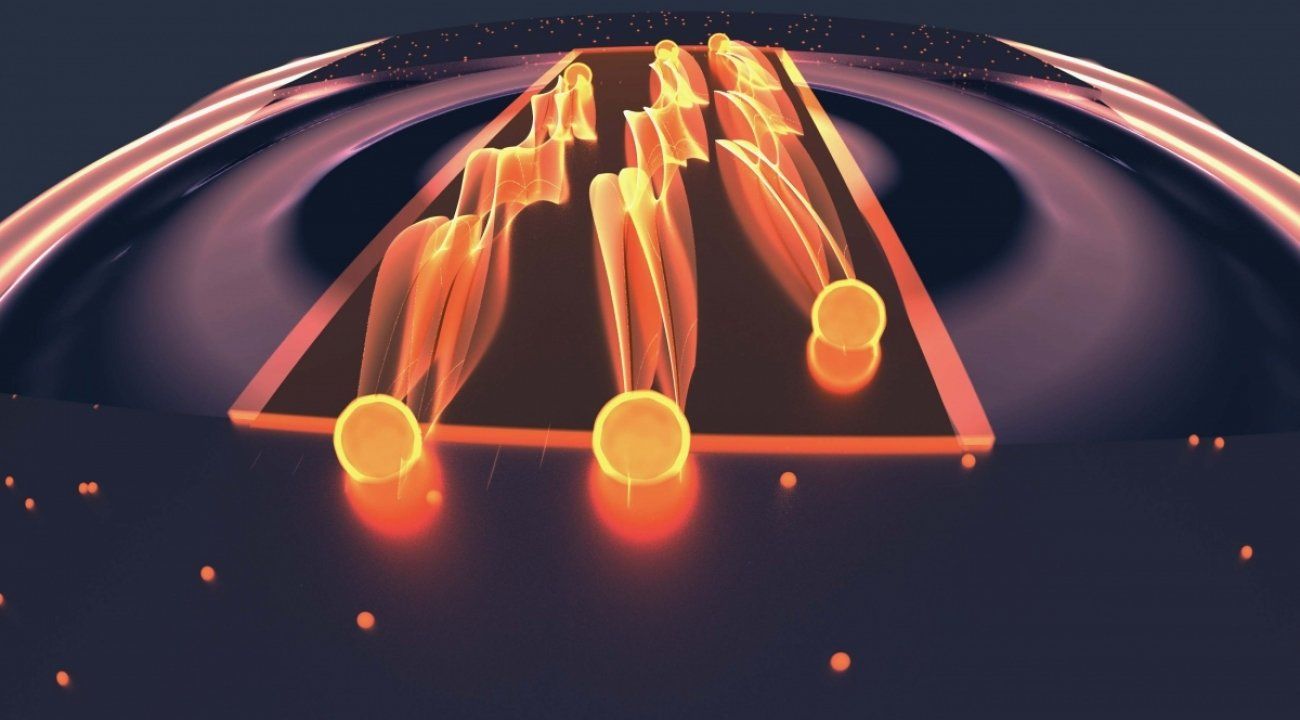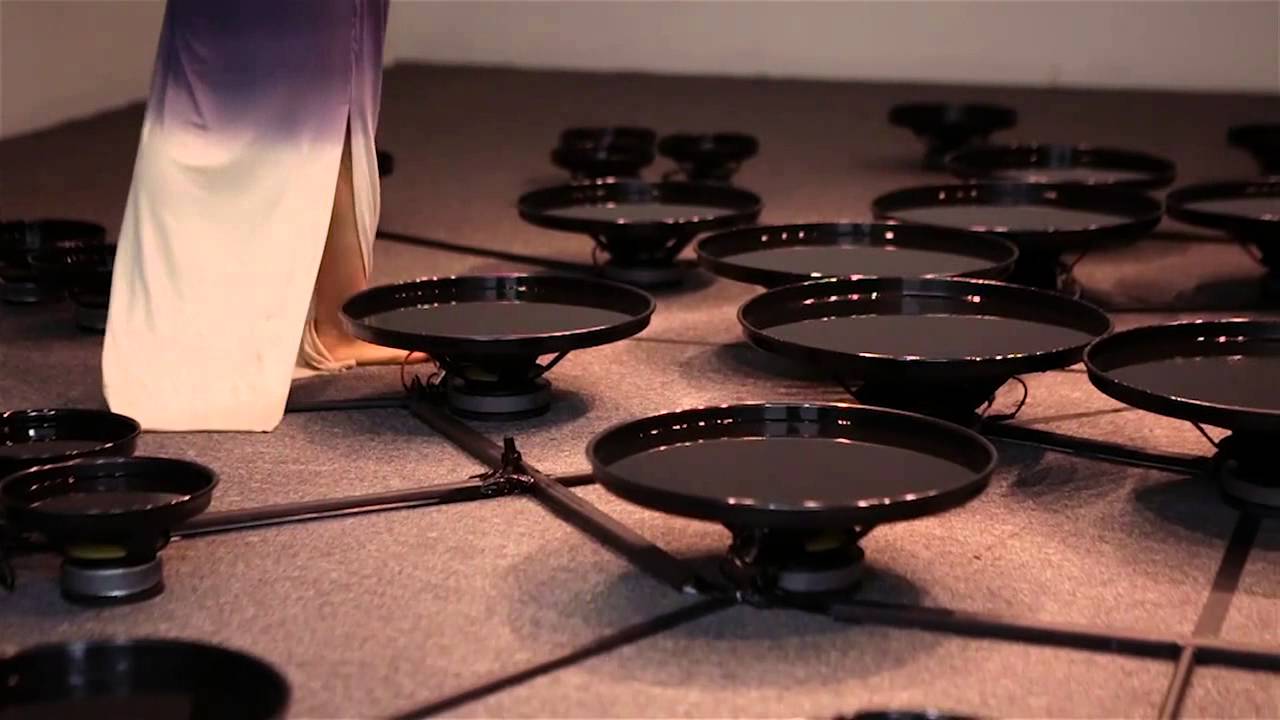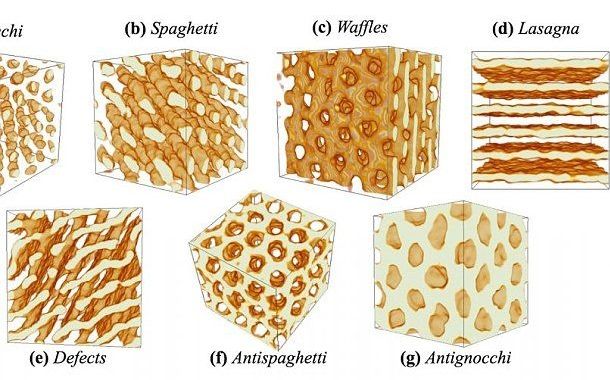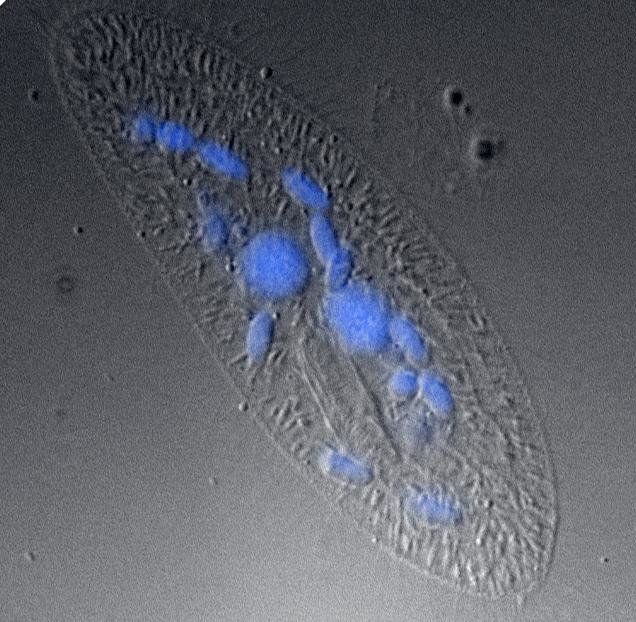Sep 18, 2018
This Experiment Will Shoot Ghostly Particles Through Earth, Answer Why We Exist
Posted by Genevieve Klien in category: particle physics
The study of the subatomic world has revolutionized our understanding of the laws of the universe and given humanity unprecedented insights into deep questions. Historically, these questions have been in the philosophical realm: How did the universe come into existence? Why is the universe the way it is? Why is there something, instead of nothing?
Well, move over philosophy, because science has made a crucial step in building the equipment that will help us answer questions like these. And it involves shooting ghostly particles called neutrinos literally through the Earth over a distance of 800 miles (nearly 1,300 kilometers) from one physics lab to another.
An international group of physicists has announced that they have seen the first signals in a cube-shaped detector called ProtoDUNE. This is a very big stepping stone in the DUNE experiment, which will be America’s flagship particle physics research program for the next two decades. ProtoDUNE, which is the size of a three-story house, is a prototype of the much larger detectors that will be used in the DUNE experiment and today’s (Sept. 18) announcement demonstrates that the technology that was selected works. [The 18 Biggest Unsolved Mysteries in Physics].
Continue reading “This Experiment Will Shoot Ghostly Particles Through Earth, Answer Why We Exist” »


















